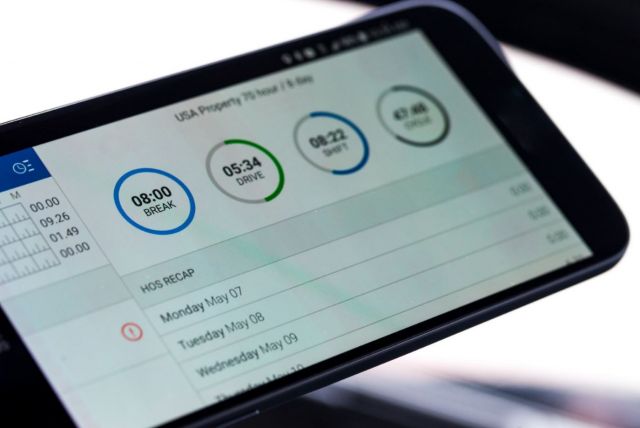It has been a little over a year since Canada legalized recreational marijuana, but the Canadian government has yet to provide guidelines for marijuana use in the trucking industry. The Canadian Trucking Alliance (CTA) has repeatedly requested the federal government to implement a drug and alcohol-testing program for workers in safety-sensitive positions within the industry.
“Based on the DriverCheck figures, people in our industry who never used marijuana before could be consuming the legal product,” says Jonathan Blackham, CTA director of policy and public affairs. “The trucking industry does not care if it’s legal or not, we want to make sure that our drivers are always operating their vehicles in a sober state. The Government of Canada must empower all trucking fleets to operate mandatory drug and alcohol programs to ensure our sector’s stellar safety record regarding sobriety is maintained.”
The CTA has also called on the government to improve mobile testing resources. There are still several questions and concerns regarding the effectiveness of roadside testing.
However, testing for marijuana impairment is not as simple as alcohol testing. Current tests check for the amount of THC (one of the two main ingredients in marijuana) in the blood system, similar to how blood alcohol tests work. The issue is that THC levels are not a concrete sign of impairment. THC can remain in the body for weeks, and marijuana impairment is highly individual. This makes testing for marijuana impairment, especially as a roadside test, extremely difficult.
Positive drug tests among truck drivers have been on the rise, especially those related to THC. DriverCheck recorded that positive test results were up 16.8%, 17.1%, and 21.2% in the first three quarters of 2019 compared to 2018. Now, almost two-thirds of positive results recorded are associated with THC.
While these statistics are initially alarming, they’re not entirely correlated to legalization. Positive test results have been on the rise for several years. One reason the increase is that more workplaces are now testing.
Now that marijuana edibles are legal, the trucking industry has even more cause for concern. Everyone in the industry agrees that impaired drivers should not be operating vehicles. However, fleets are disagreeing on what levels of marijuana are acceptable in truck drivers.
Cross-border freight moves are required to comply with the zero-tolerance policy established by the U.S. Department of Transportation. The issue is much trickier for domestic carriers, especially since individual provinces have varying rules for commercial vehicle operators. Ontario, Quebec, and Saskatchewan are all zero-tolerance, but other provinces such as British Columbia restrict drivers to 2 nanograms per milliliter of blood.
Workplace policies also vary. Some drivers are told to abstain from using marijuana for 28 days, 24 hours, or even as little as eight hours before getting behind the wheel. These differing policies are creating confusion for everyone in the industry. The Occupational Environmental Medical Association of Canada recommends a waiting period of at least 24 hours before returning to safety-sensitive work but stresses that the timing and duration of marijuana-use can vary.
The lack of a federal, industry-wide standard poses a safety risk to everyone on the road. The CTA and the Canadian government need to come together to construct clear guidelines making them more likely for truck drivers to follow and making Canadian roads safer.



